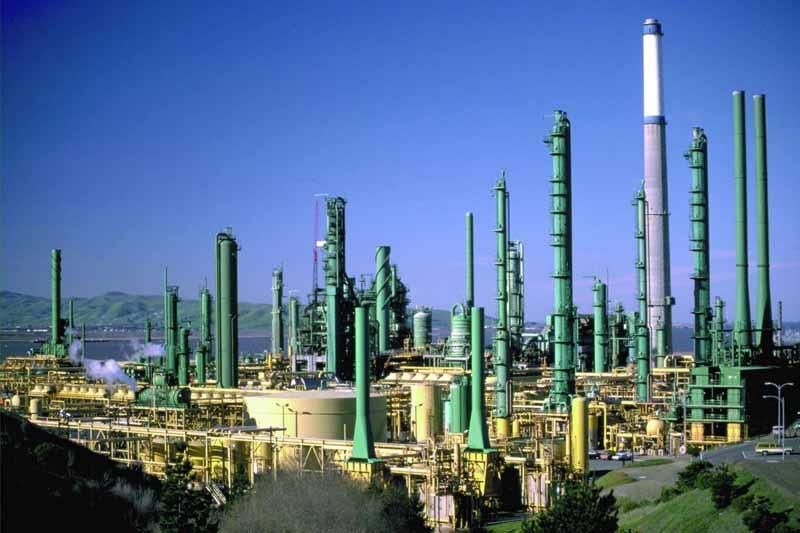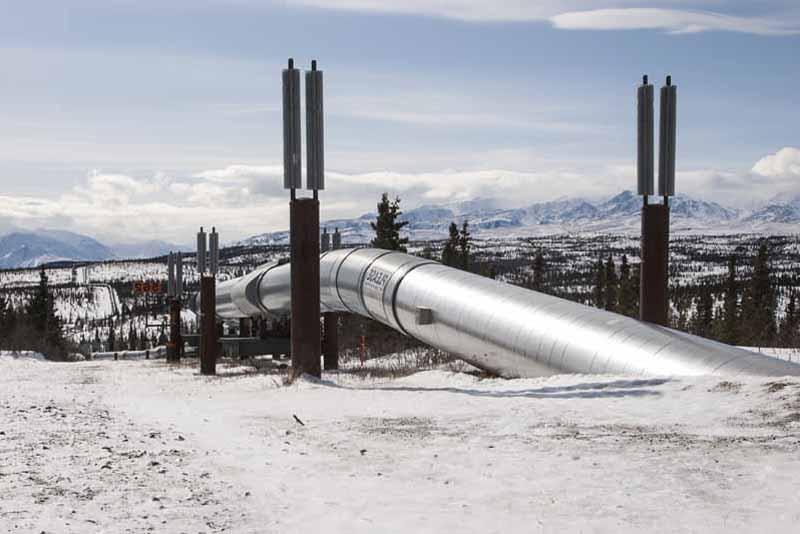When you fill up the tank in your car with gas, you might not think much about how it gets made. All you know is that the petrol gets refined somewhere and delivered to your local gas station via a tanker.
If you delve deeper into the refining process, you’ll soon discover an in-depth process. In North America, petrol and diesel get distributed through a network of pipes. Those pipelines scatter across the country and connect with refineries and oil fields. They go down as far north as the Canadian oil sands, and as far south as Texas.

Wikimedia Commons
If anything happened to those pipelines, there would be something of a fuel crisis! That’s why it is crucial that those pipelines are all secured and operating as they should. But, how does the petrochemical industry make that happen?
Here is an insight into what the industry does to make sure you can keep on driving!
They use the right pipes for the job
As you can imagine, a lot of those pipelines carry crude oil. They get pumped straight from oil fields and oil sands in Canada and the U.S.
The industry is no doubt aware of the need for pipes that ensure the crude oil flows well up and down those pipelines. The first thing petrochemical companies do is select pipes that have the best coatings.

You might not know it, but the interior of those pipelines have a special coating to make the oil free flowing. It doesn’t interfere with the oil itself. That helps it to keep the same scientific properties from the source. The coatings used on those pipes also help to prevent corrosion.
They use strong construction materials
Both the pipes and their fittings are not made from weak materials for obvious reasons. They must withstand billions of tonnes of crude oil flowing through them each year. And they need to hold up against the effects of the environment.
In other words, they must be tough enough to withstand strong winds, rain, snow and heat. As you can imagine, the construction materials used are both tough and expensive. But, they ensure the risk for damage or leaks is slim.
There are plenty of security controls in place
One downside to such a network of pipes is they could get targeted by the rogue elements of society. To prevent any vandalism or destruction of the pipes, several security controls get used.
For example, sections of pipe and pumping stations have CCTV camera surveillance. Electronic valves measure the amount of flow between each section. They can alert a control system if there is a drop in pressure.
Of course, good old fashioned security patrols take place along unmanned sections of pipeline.
What happens if there is a blockage?
Sometimes a section of pipe may get blocked for various reasons. When that happens, a process known as “pigging” gets used to clear any blocked pipes.
You might be wondering just what is pigging? In a nutshell, it describes the act of pushing an object through the pipe until the blockage is clear. Don’t worry; real pigs are not used in that process!
Thanks for reading today’s article. I hope you have enjoyed it!
Bài viết liên quan
The American Oil Industry Continues To Boom
America has had the largest oil industry in the world for decades. At the current time, professionals say the...
Manufacturing has never been an easy industry: the upfront costs and the overhead expenses means taking financial risks before...
Guide to Optimizing Energy for Processing Growth in the Economy
There are different studies that show various opportunities for improvements in energy efficiency especially in the industrial sector. The...
Notice Valuable Points Well For The Steel Fabrication Process
Superior technology has changed the view of world. Today very hard and tough metals can also bend and fold....
3 Ways Technology Improved Safety For Oil And Gas Companies
Technology has progressed at a fair rate for the last few decades. Many different industries have benefited from advancements...
8 Most Important Applications of Stainless Steel Plate In Commercial and Industrial Sectors
There are a number of industrial applications for stainless steel plate. There are different grades and varieties of stainless...